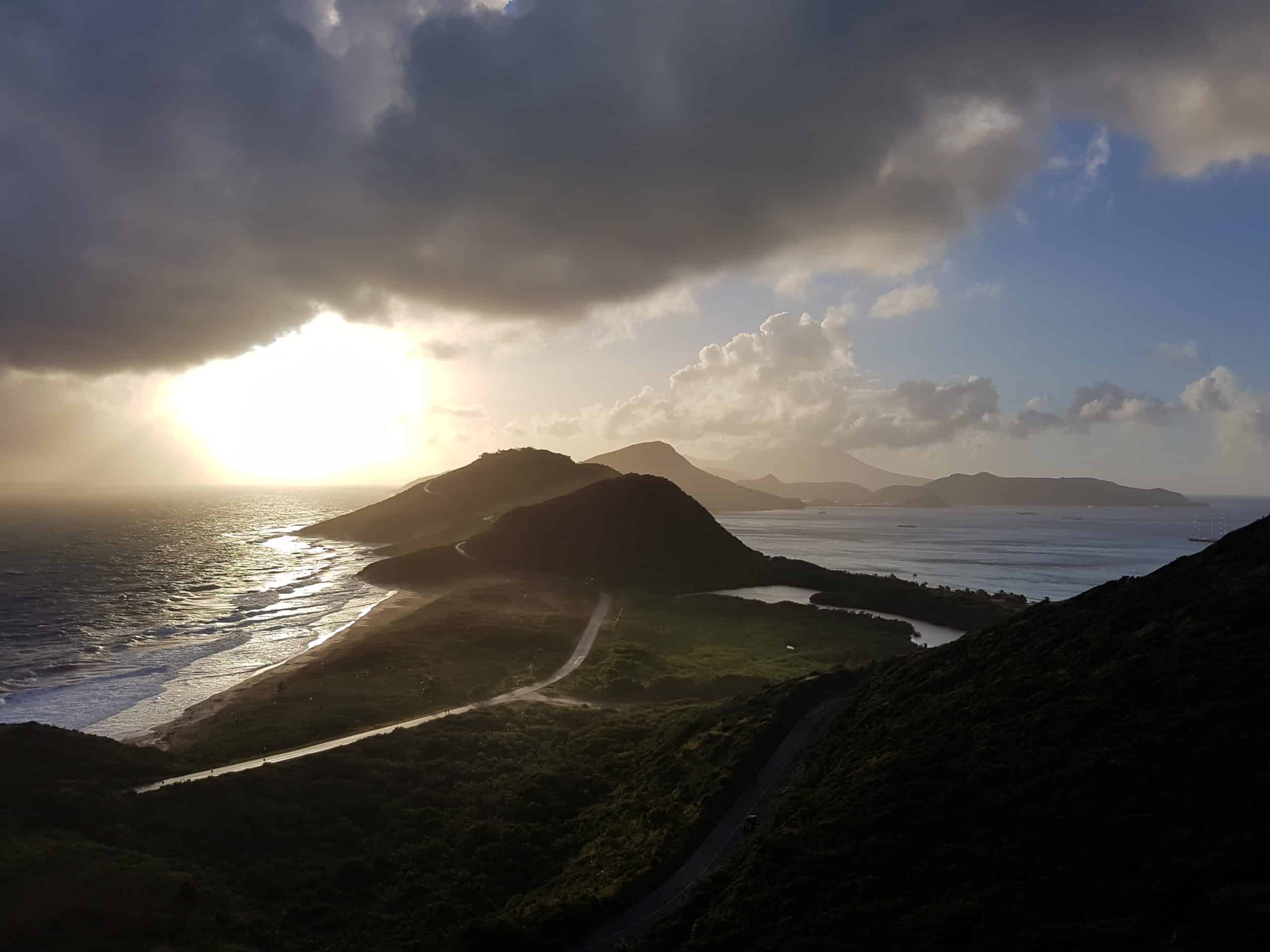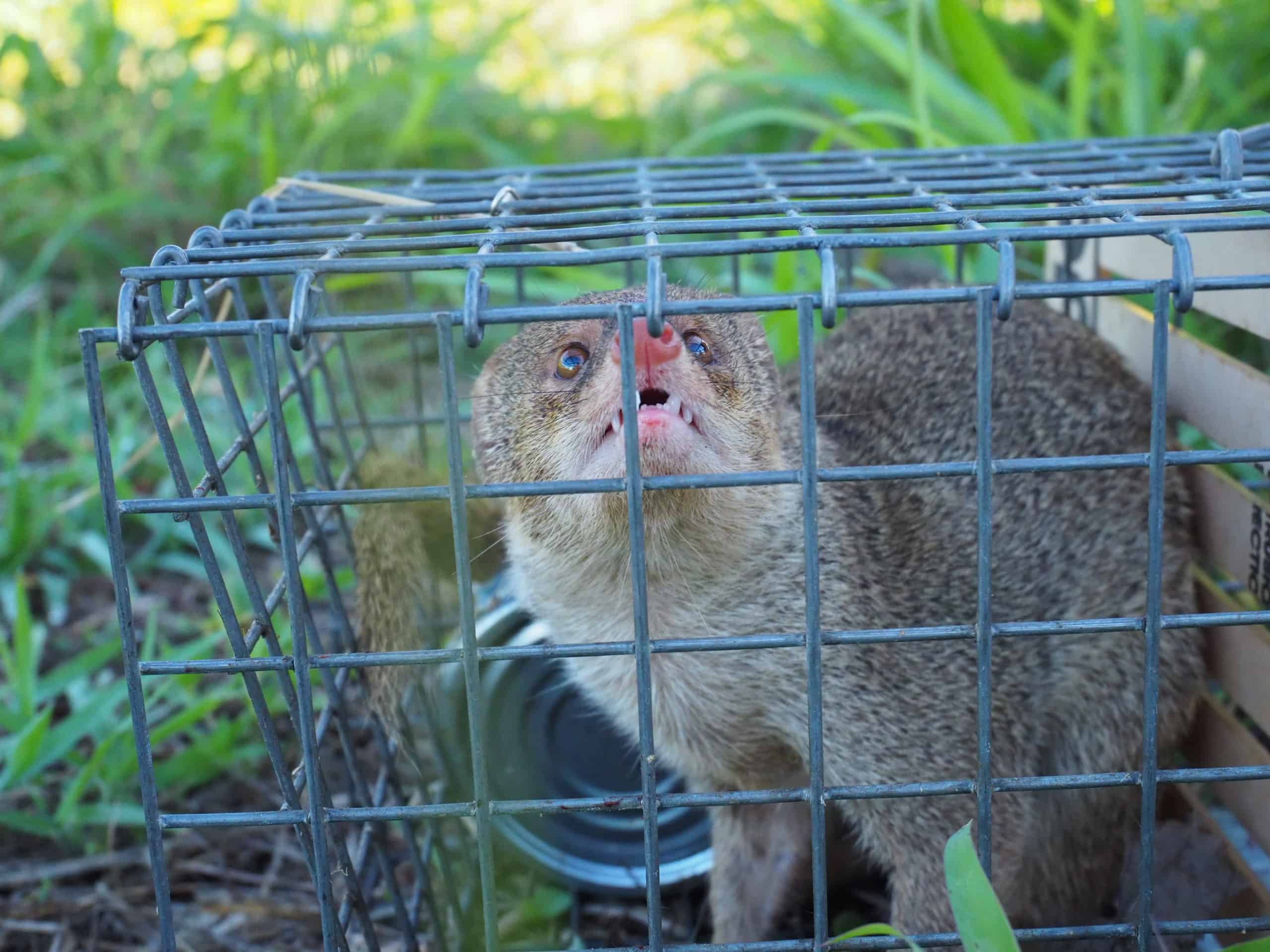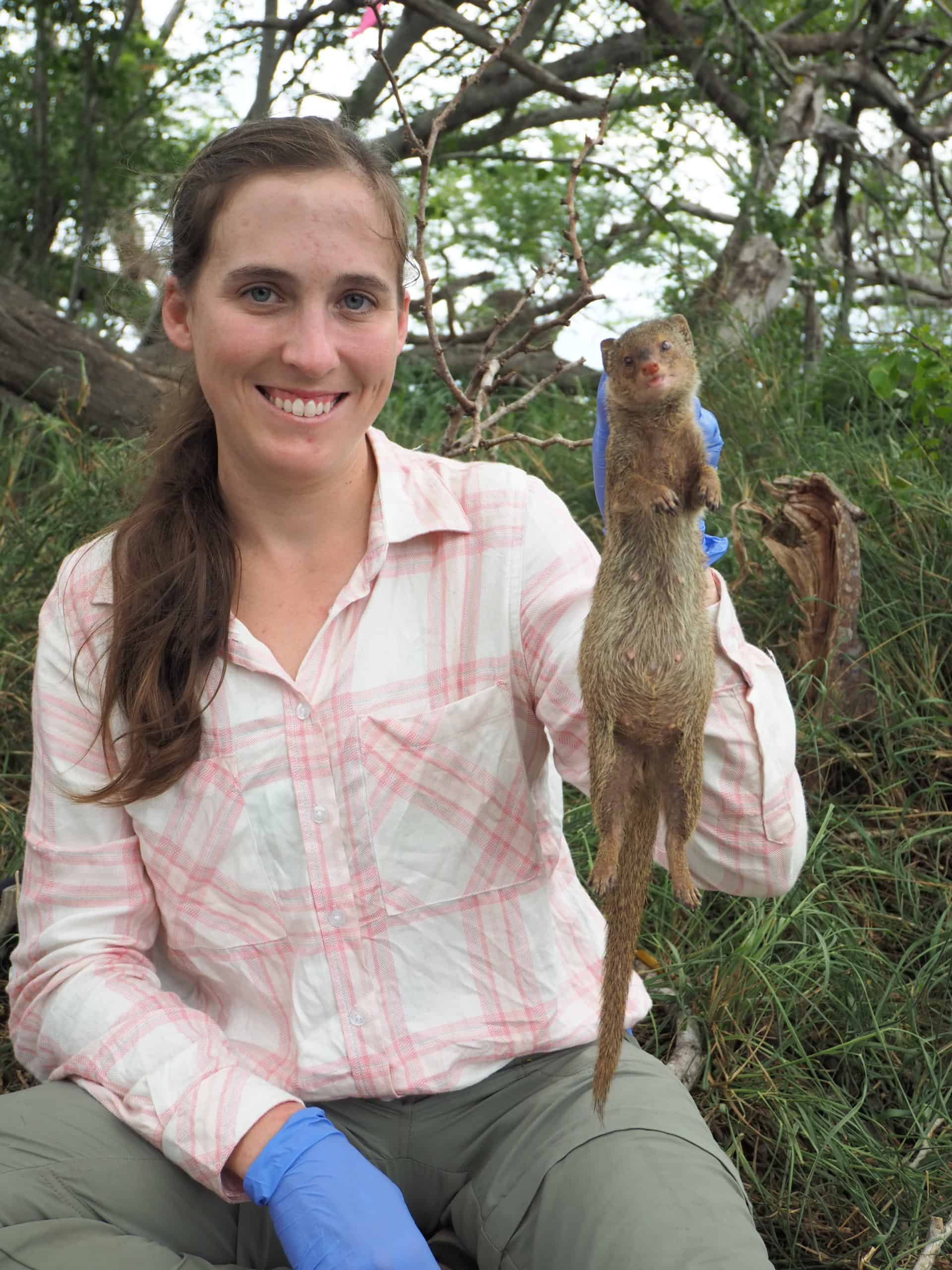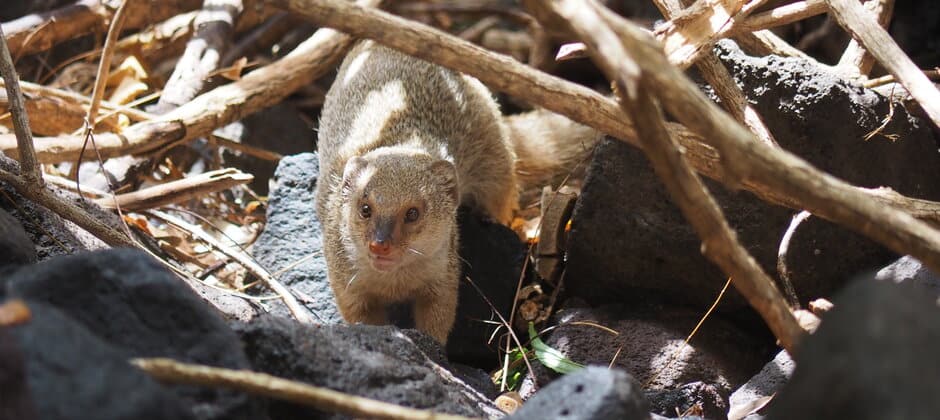Share this article
WSB: Veterinary drugs can help field biologists
Wildlife biologists in the field could use drugs that veterinarians often use to anaesthetize animals.
According to new research on invasive Indian mongooses (Urva auropunctata) in the Caribbean, Alfaxalone, an injectable anesthetic might be useful for medium-sized animals.
“Field biologists are not always comfortable using different drugs because they don’t know the options,” said Caroline Sauvé, a veterinarian and PhD student in biology at the University of Montreal and the lead author of the study published in the Wildlife Society Bulletin.
Indian mongooses were first introduced to Jamaica and other Caribbean islands in the late 19th and early 20th century.
“The objective was to limit damages to sugar cane crops caused by rats in particular,” Sauvé said. On top of using mongoose to kill rats, she added that sometimes mongooses were used to control native poisonous snake populations from areas where locals perceived the reptiles were a threat to their safety.

Researchers were trying to determine mongoose densities on St. Kitts. Credit: Caroline Sauvé
Mongoose spread through the Caribbean, sometimes with the help of humans, and sometimes on their own. These mesocarnivores can be devastating for native wildlife, preying on sea turtle nests, endangered species of reptiles and ground-nesting birds. In Puerto Rico, Grenada, Cuba, and Hispaniola (the island shared by Haiti and Dominican Republic), mongooses can be reservoirs for canine rabies—“a serious public health concern because it’s almost always lethal when clinical signs appear,” Sauvé said. “Because of all of this, mongooses are really considered a problematic species in several Caribbean islands.”
The U.S. Department of Agriculture is conducting research to learn more about mongoose densities and ecology to inform wildlife rabies management efforts, including the eventual possibility of using oral rabies vaccination targeting mongooses.

Caroline Sauvé and her colleagues trapped mongoose to learn more about their population densities. Credit: Caroline Sauvé
Sauvé was working in St. Kitts on mongooses, trapping the animals for population density research using a capture-mark-recapture technique. She and her colleagues spent much of their time walking through tropical dry forests on the Caribbean island in heat up to 35 degrees Celsius. “Everywhere you walk you tear your clothes, unless you have a machete to clear where you walk,” she said.
They laid out 50 traps in a grid pattern on the island of St. Kitts. As part of this effort, the researchers needed to anesthetize the animals to mark them.
Field biologists traditionally use anesthetic drugs like Telazol or a mixture of ketamine and xylazine to immobilize wildlife in studies like this, but access to these drugs can be difficult since they are controlled substances. Carrying them to St. Kitts was also difficult. “Dealing with wildlife anesthesia across international borders is complicated,” Sauvé said.
As a veterinarian, Sauvé thought that Alfaxalone—a prescription drug that isn’t controlled in Canada—might do as well without as much paperwork and headache. “It works pretty well in cats and dogs, so we tried it,” she said.
They ran tests in the field, using Alfaxalone on some of the mongooses they trapped and comparing the results to mongooses they had given Telazol.

Caroline Sauvé with a trapped Indian mongoose. Credit: Caroline Sauvé
They found that the Alfaxalone worked just as well in temporarily knocking the mongooses out. In some ways, it was even better since animals actually recovered a little more quickly when given Alfaxalone, which may reduce risks of predation in susceptible species.
“It’s a solution for small animals,” Sauvé said, adding that she mainly wanted to get the word out to field biologists about another possible tool in the field kit. She said that there are likely other drugs veterinarians use that could be useful to field biologists.
This article features research that was published in a TWS peer-reviewed journal. Individual online access to all TWS journal articles is a benefit of membership. Join TWS now to read the latest in wildlife research.
Header Image: Invasive mongoose have been introduced to many Caribbean islands. Credit: Caroline Sauvé








